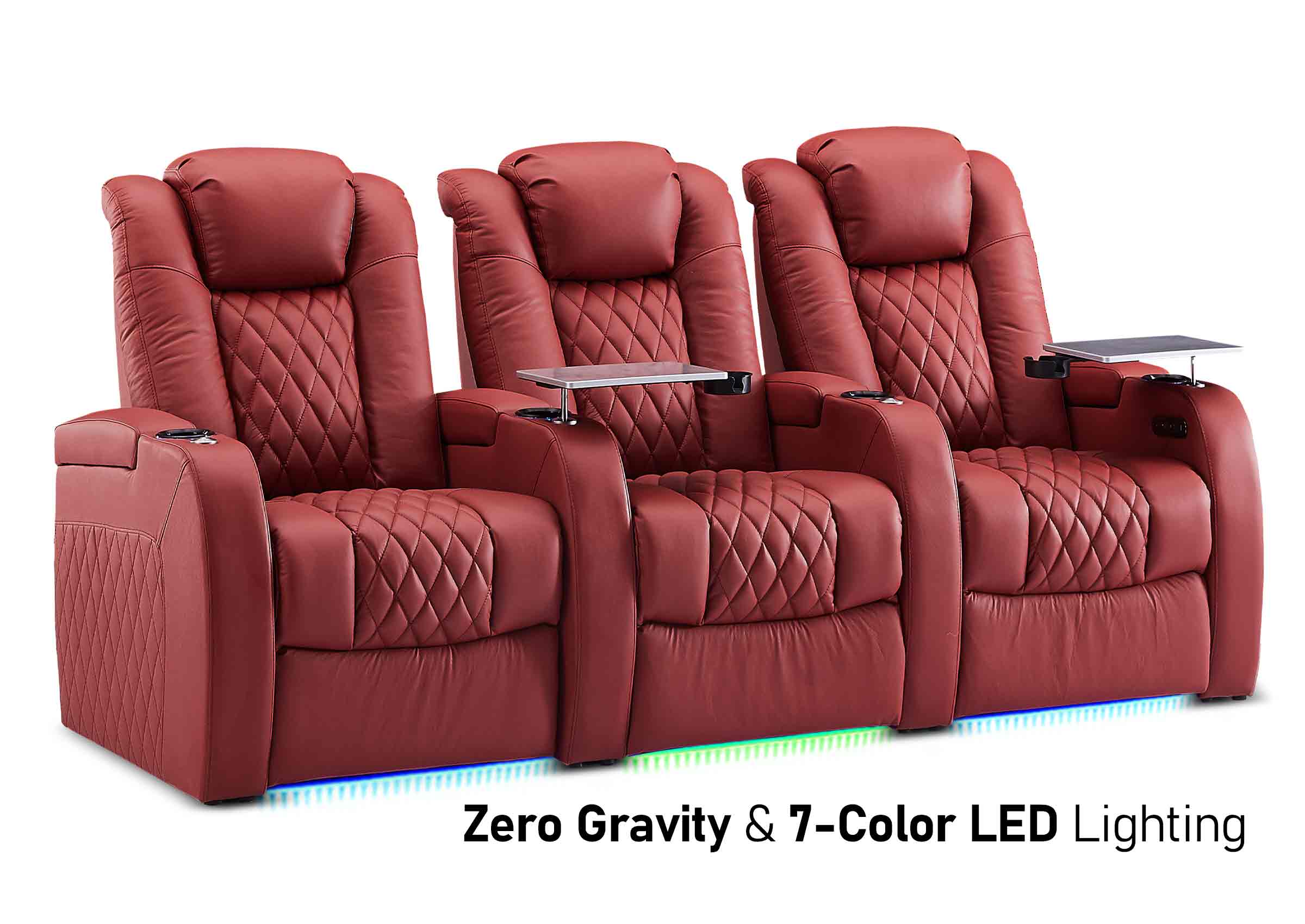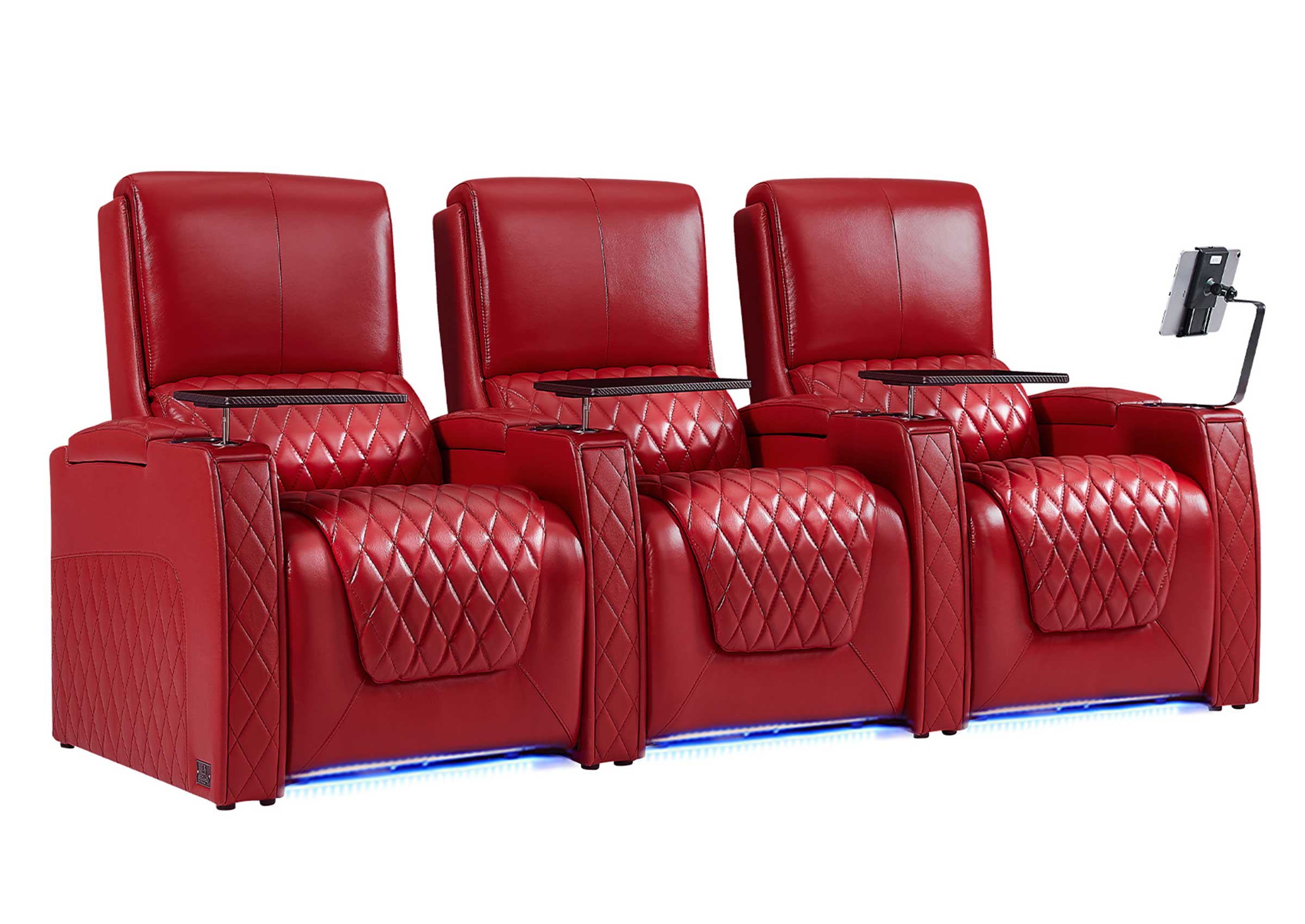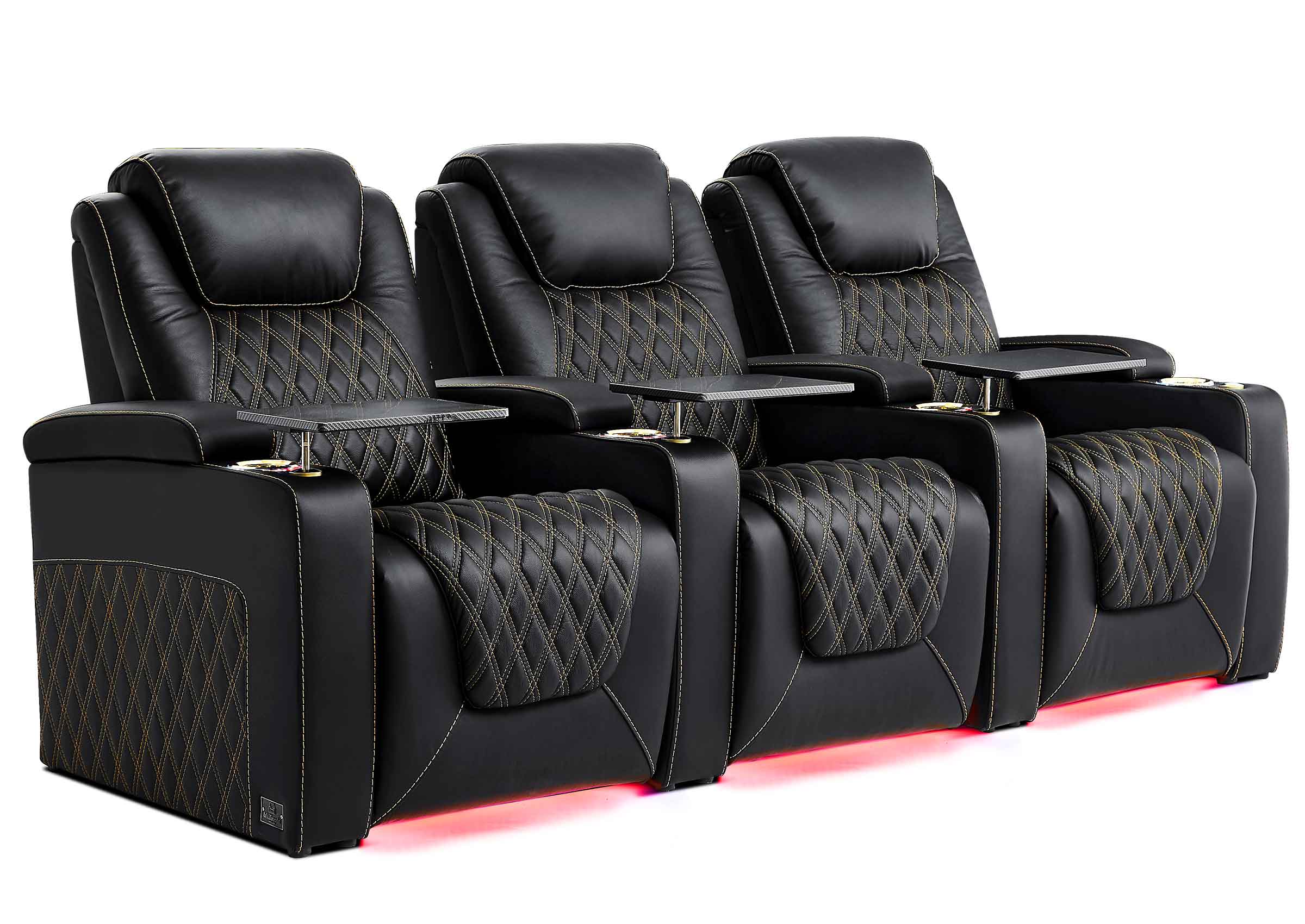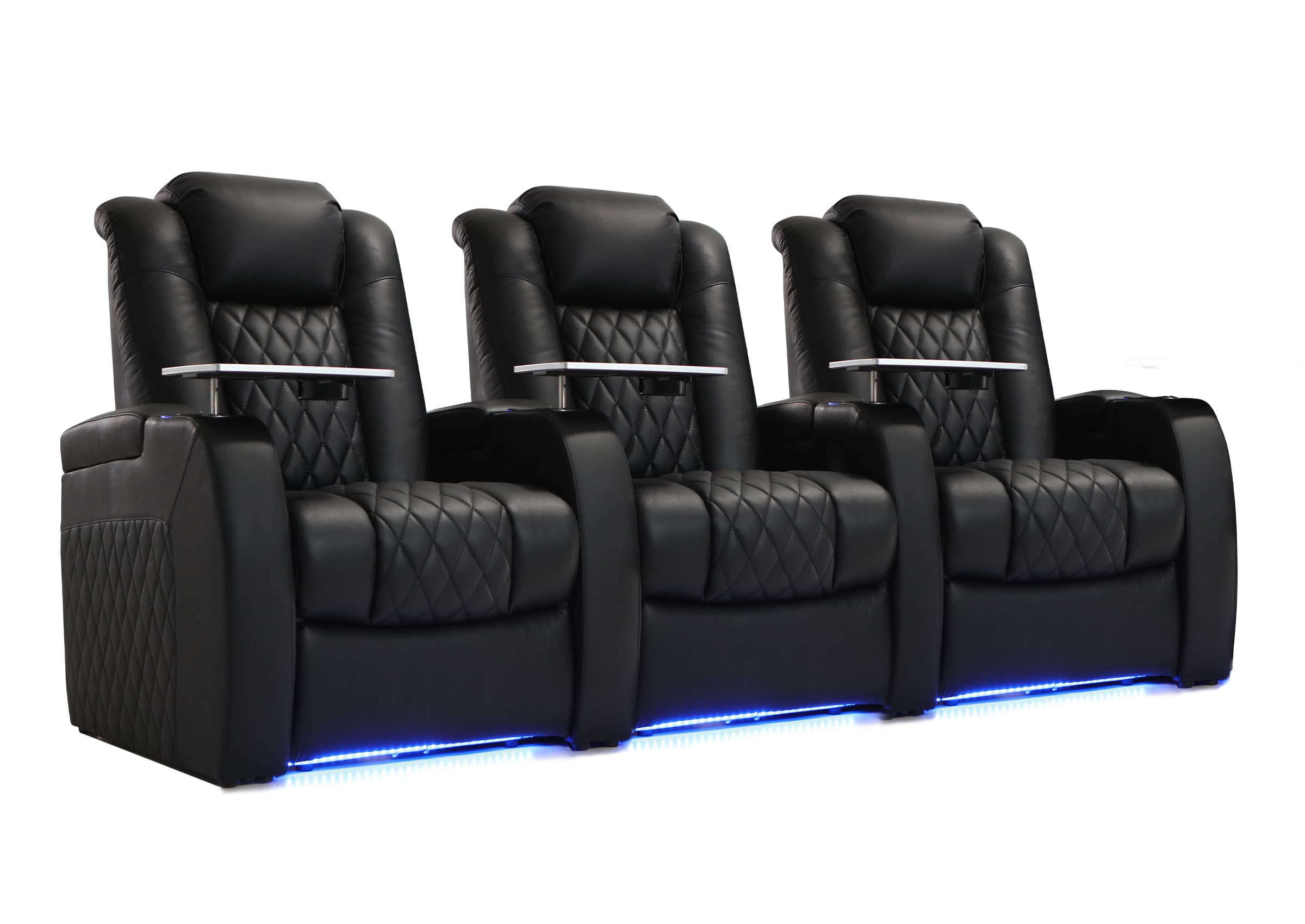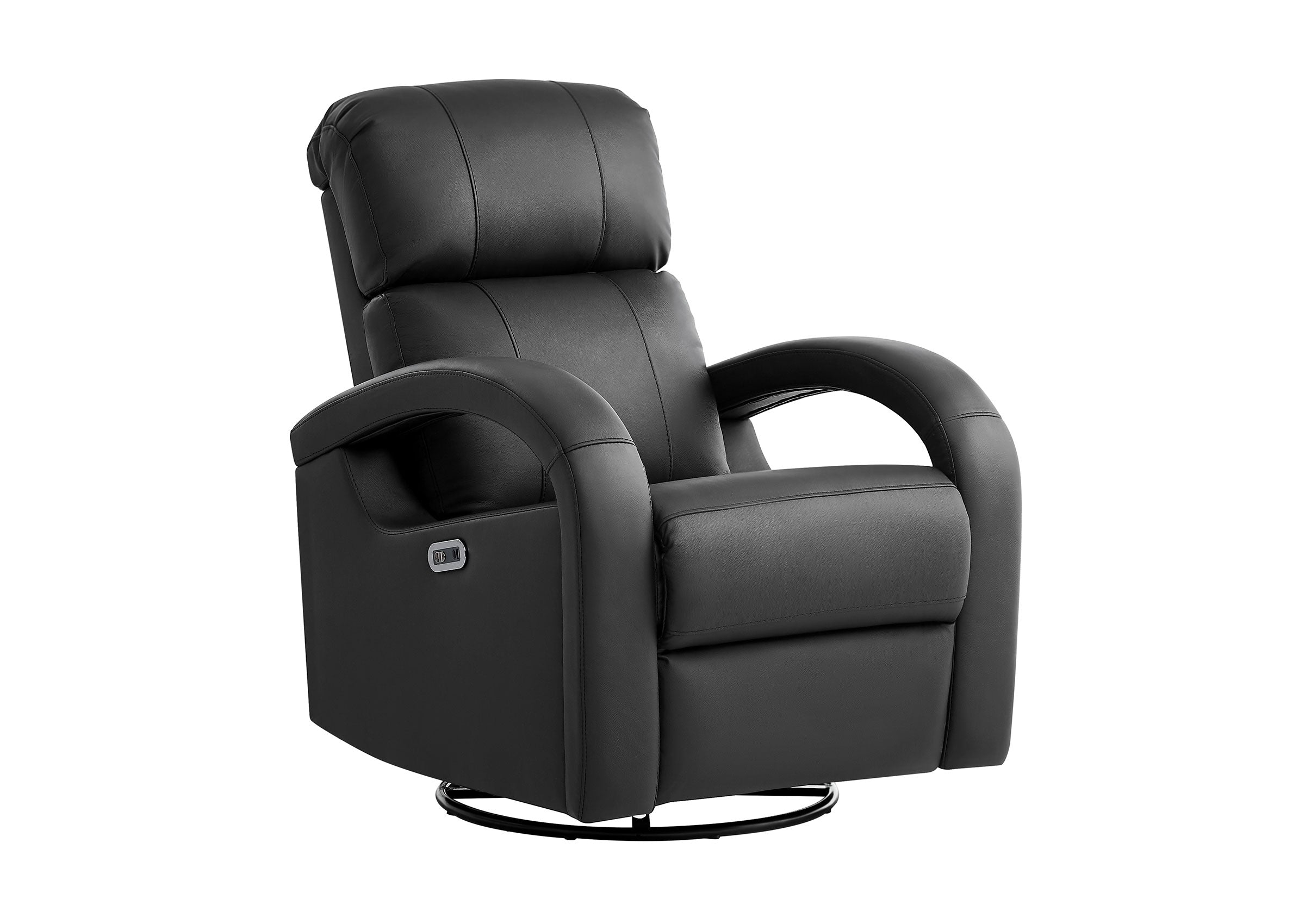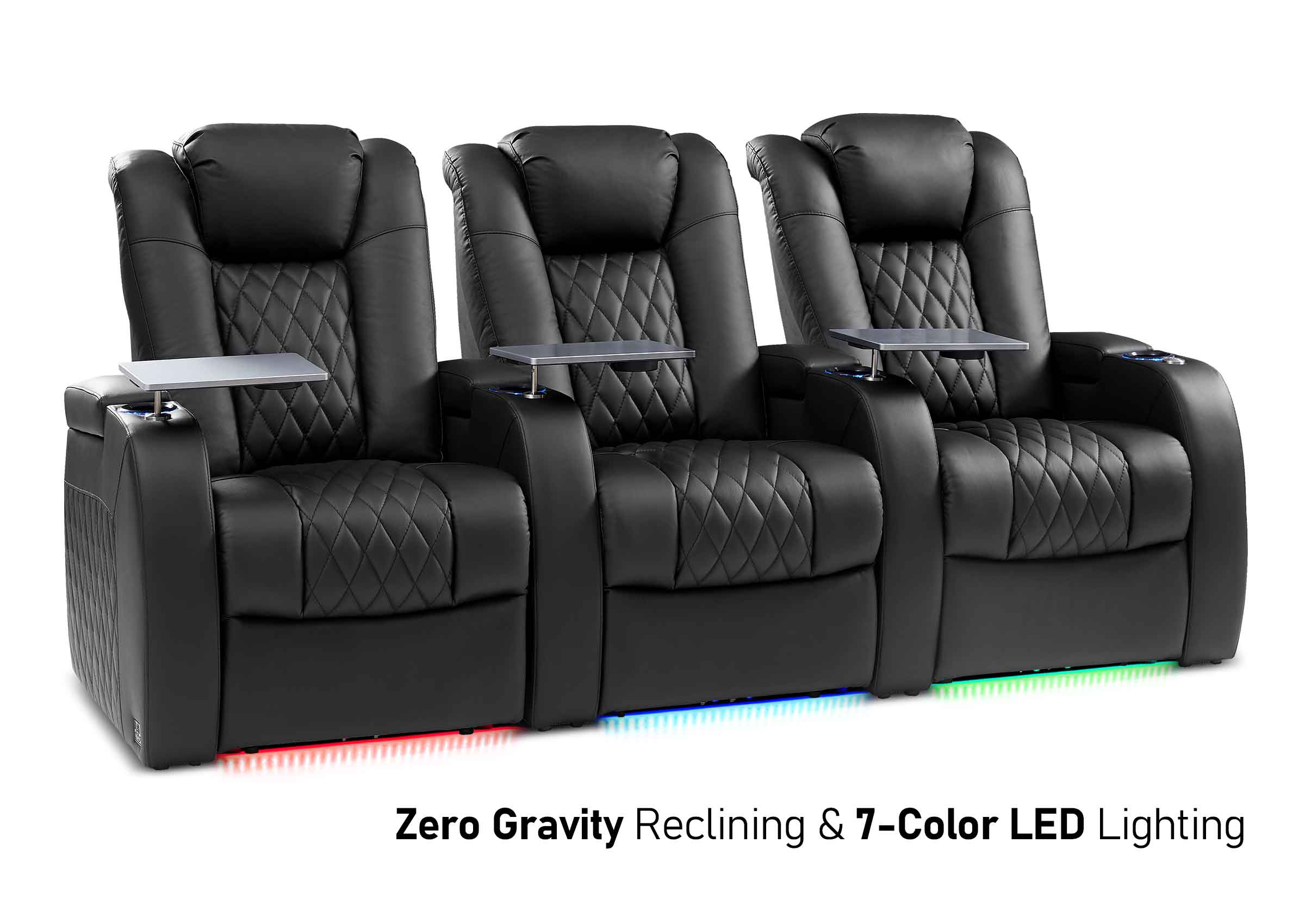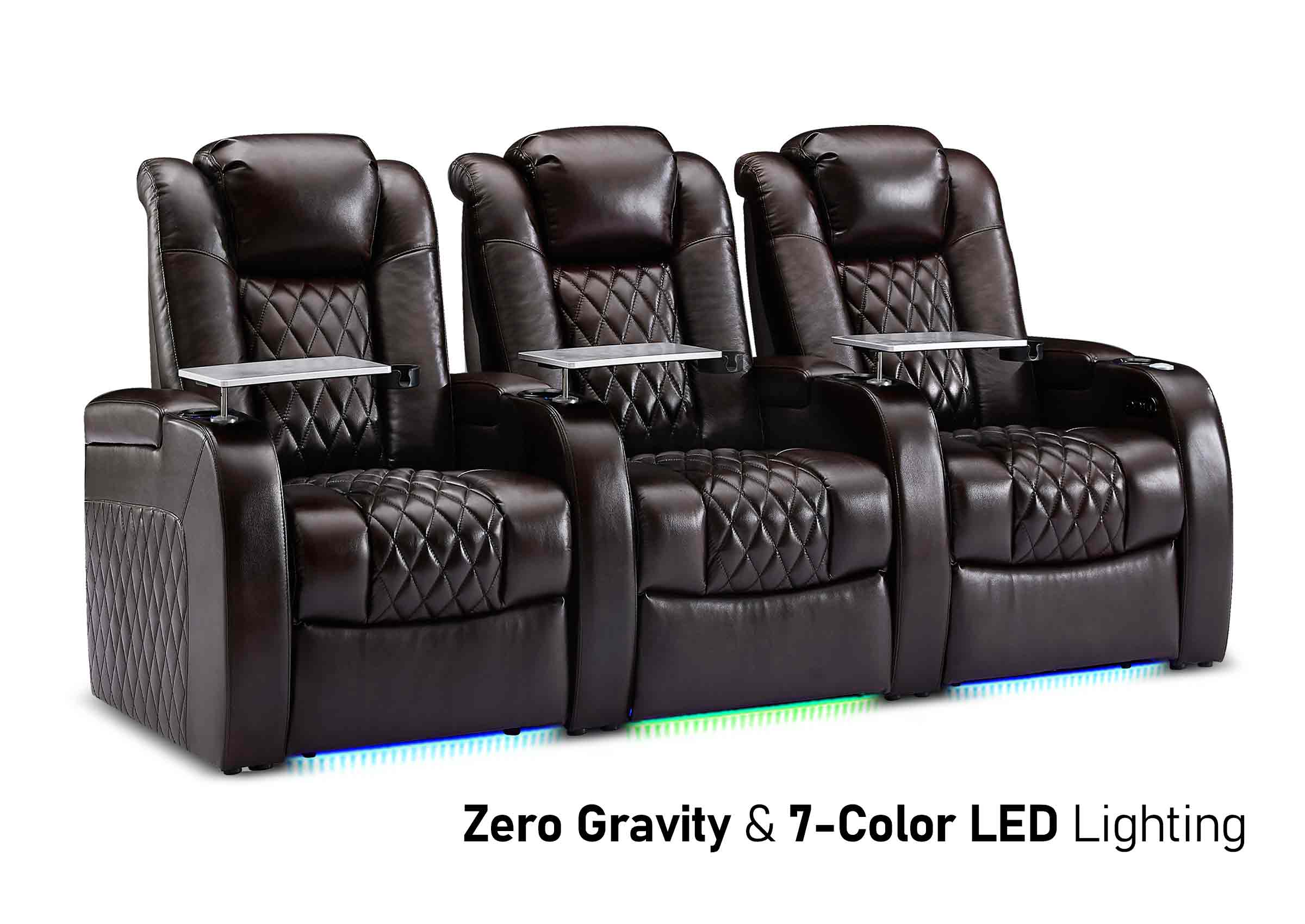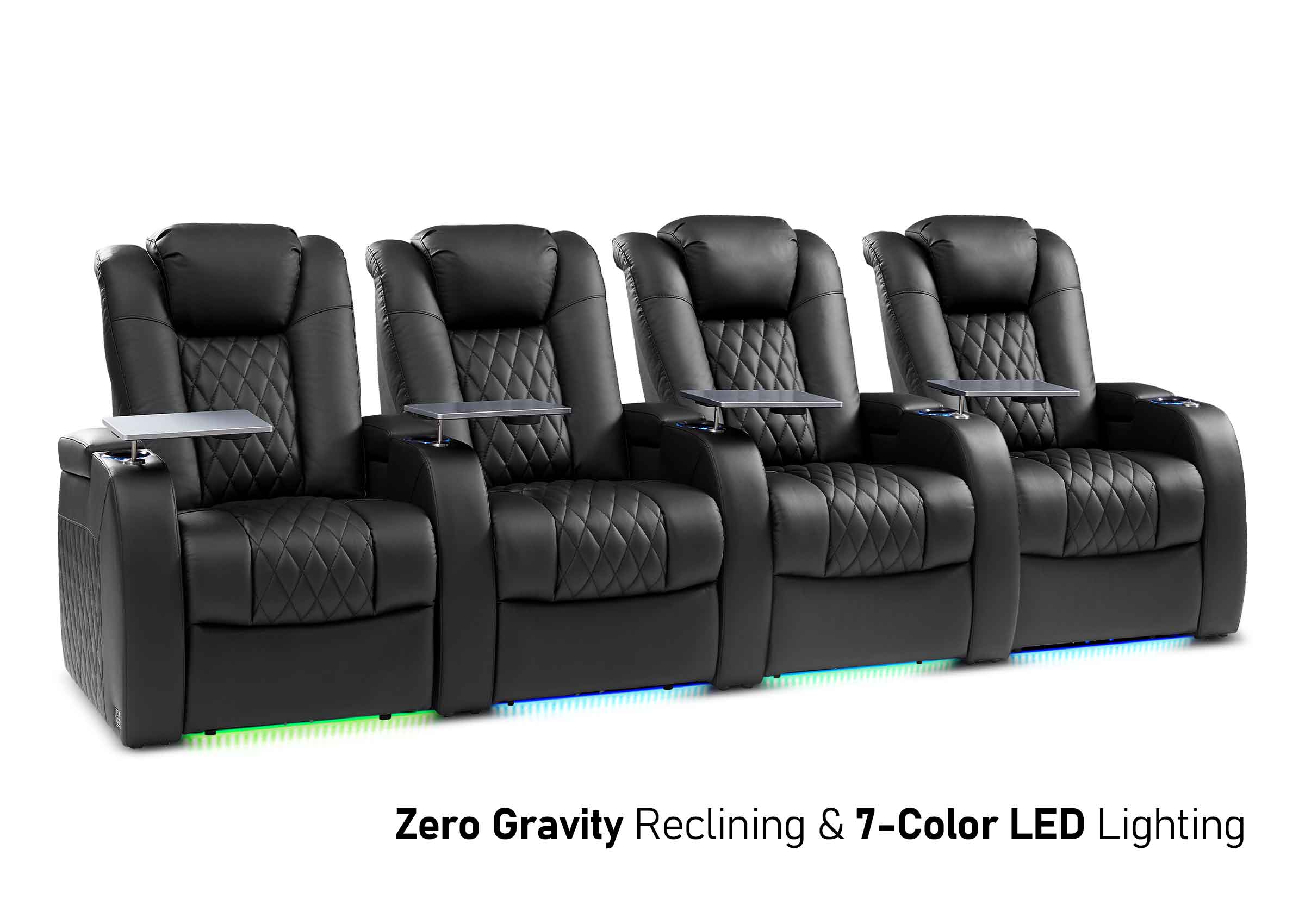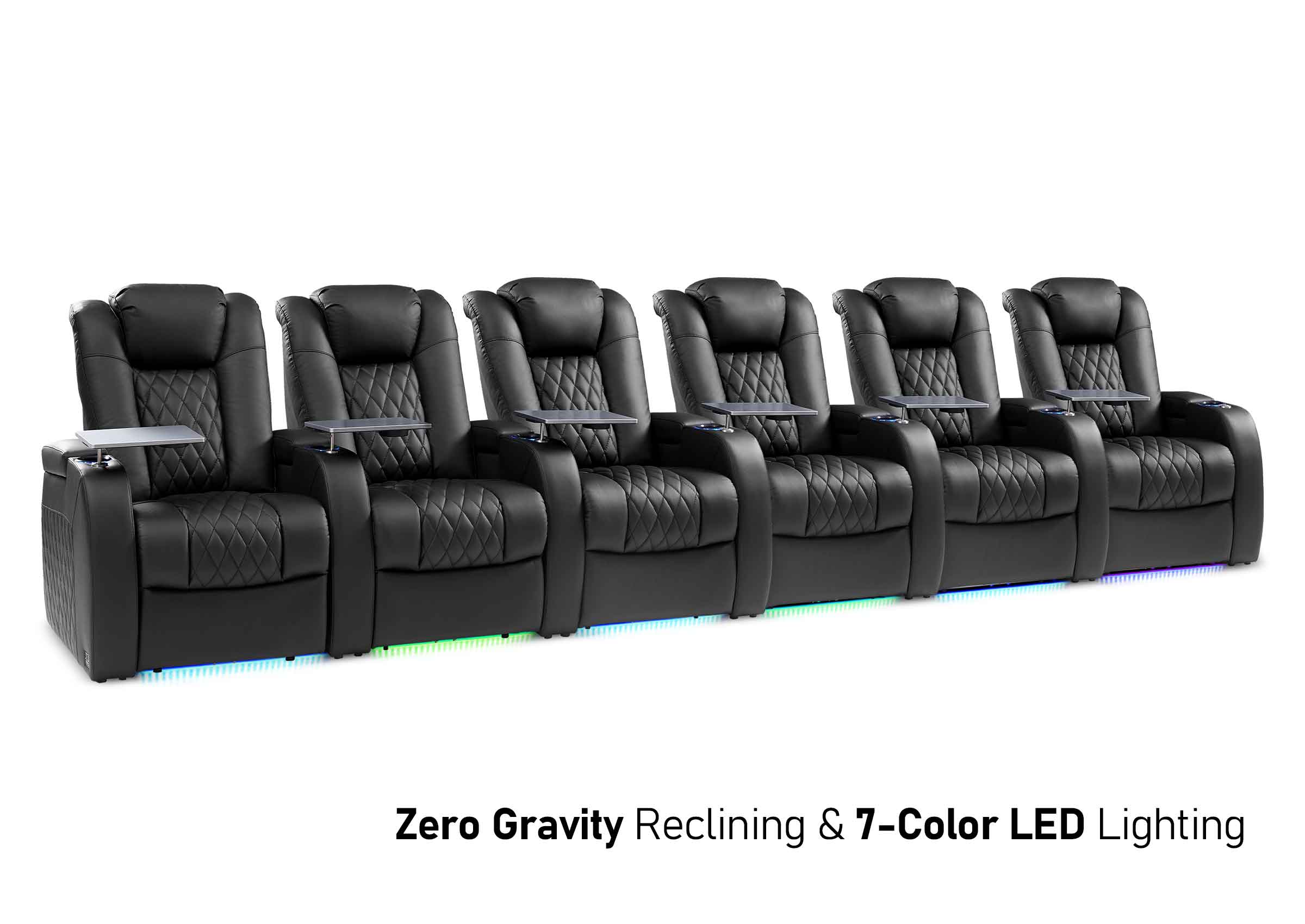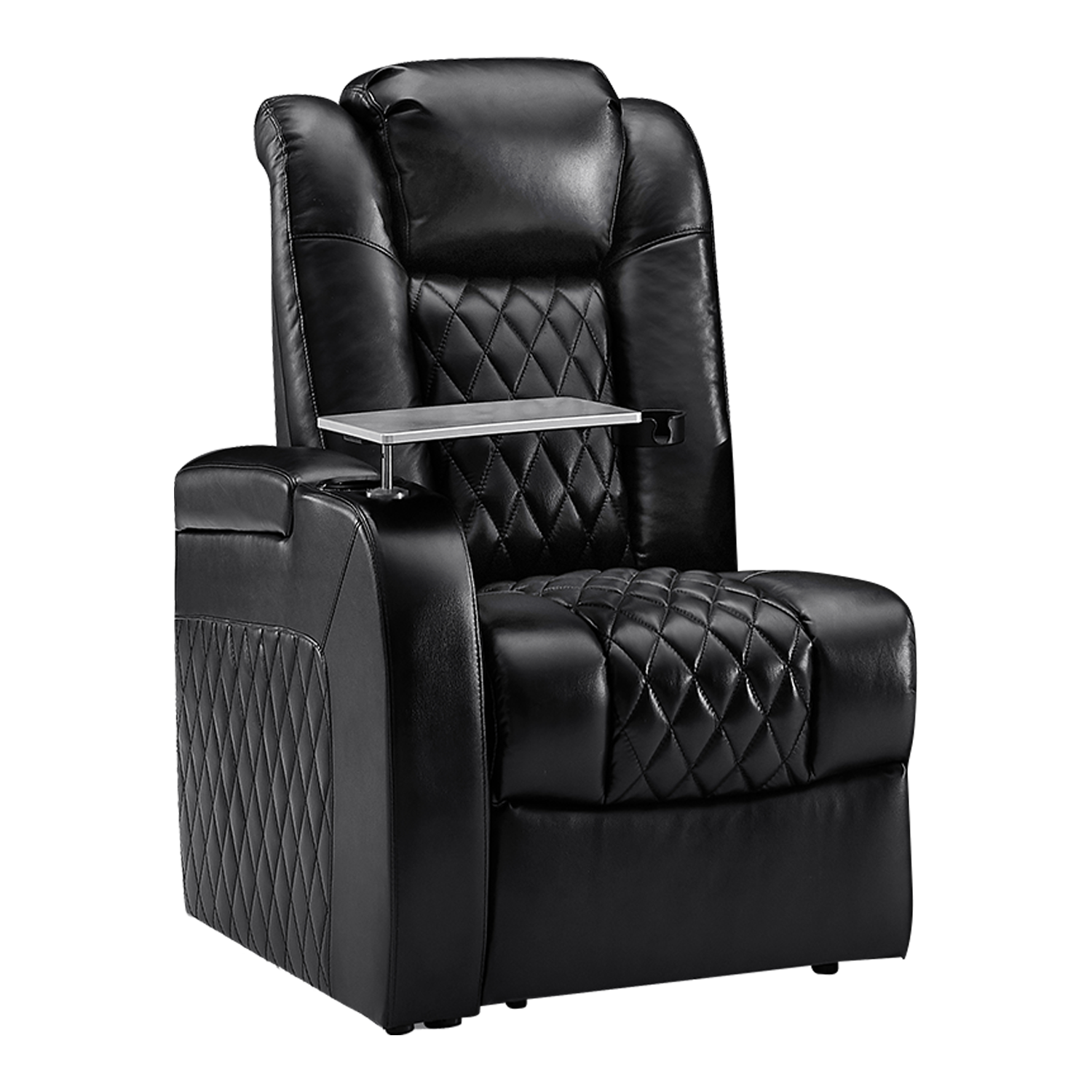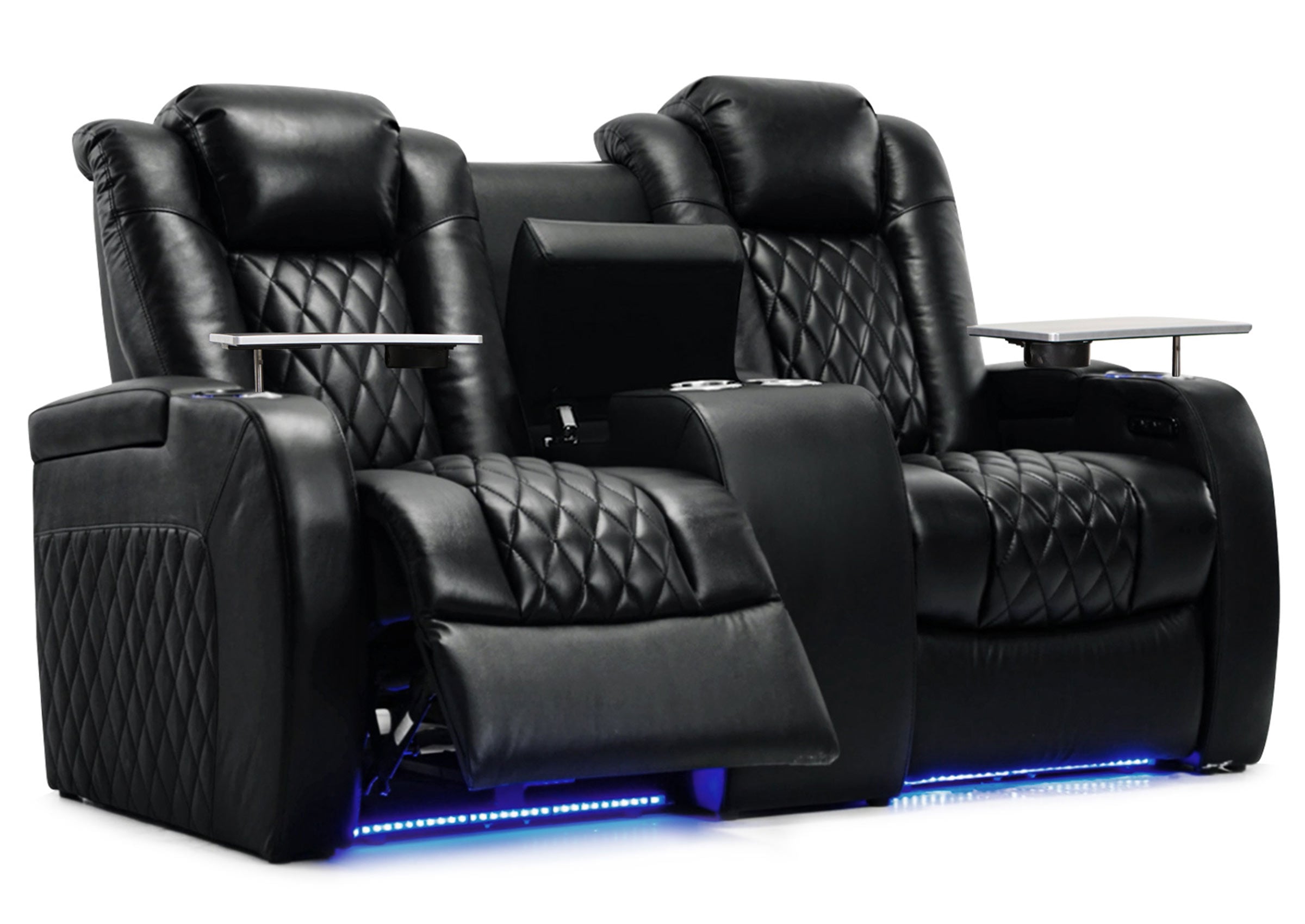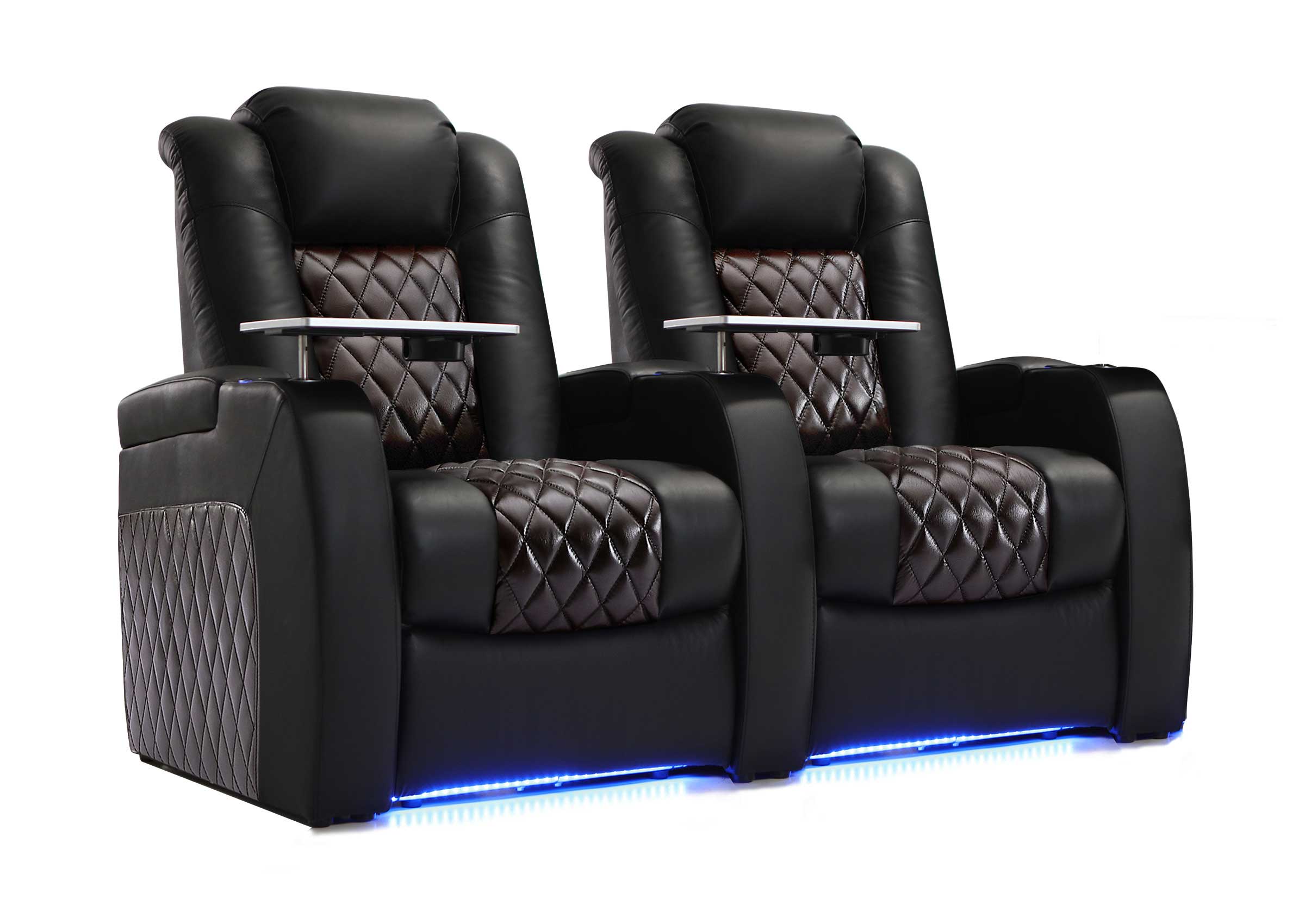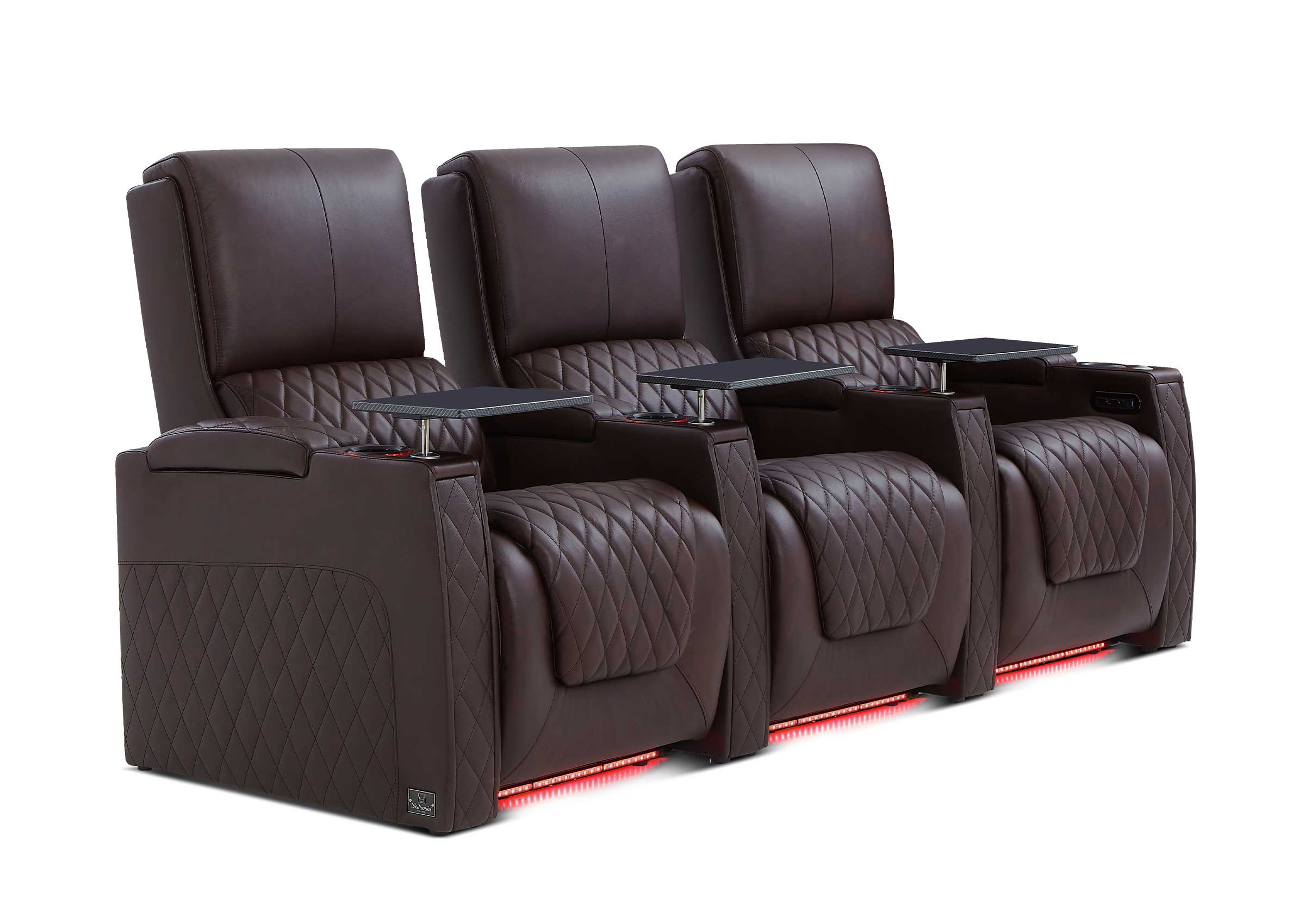Large, spacious rooms are frequently associated with home theaters, but there are other options. With some careful planning, you can turn a 100 to 215 square foot (10-20 square meters) space into a cinematic retreat. Making the most of your space is the key.
Getting the Room's Foundation Right
Every great home theater starts with the room itself. The shape, color, and light control are the bedrock of the entire experience.
Room Shape and Sound
Believe it or not, a plain old rectangle is your friend. Square rooms can be tough on sound, causing audio waves to bounce oddly and produce weird echoes or silent areas. A rectangular room allows the sound to be distributed more evenly. For an optimum setup, place your screen and primary seating along the shorter walls. This adds viewing distance and allows your speakers room to generate a broad, balanced sound.
Creating a Dark Canvas
For a projector to truly shine, you require complete darkness, just as in a genuine movie theater. This is rule number one. Blackout curtains or blinds are a must for eliminating any and all ambient light from windows. As for wall color, dark and non-reflective is the way to think. Dark grays, navy blues, or even a dark burgundy will soak up stray light rather than reflect it back at the screen. This will help your picture remain sharp and contrasty. A matte or flat finish is always the way to go, as glossy paint will introduce distracting reflections.
Finding the Perfect Seating for a Cozy Space
In any home theater, the seating is the heart of the experience. It’s where you’ll spend hours immersed in other worlds, so comfort is king. Nothing delivers that authentic, luxurious cinema feeling quite like a dedicated home theater recliner. The challenge in a smaller room isn’t giving up on that dream, but finding the modern recliner designed perfectly for your space.
The Recliner Experience, Optimized for Your Room
Today’s home theater recliners are engineered for both luxury and efficiency. You no longer need a massive room to enjoy the premium experience of your own personal cinema seat.
- Wall-Hugging Recliners: These are the perfect solution for compact rooms. Thanks to clever engineering, they slide forward as they recline, allowing you to place them just inches from the wall. This means you get the full, lay-flat comfort, complete with powered headrests, lumbar support, and convenient cup holders, without sacrificing precious floor space. It’s the best of both worlds.
- Reclining Loveseats and Sofas: If you want to share a cozier space, a reclining loveseat or a three-seater sofa offers the same incredible comfort in a connected form. You get the shared experience of a couch with the individual reclining functions that make theater seating so special.
- Modular Flexibility: For a room with multiple purposes, a modular sofa can be a versatile choice. While they provide a different kind of comfort than a specialty theater recliner, their configurable arrangements can be a practical option for a room utilized for various purposes.

Arranging Your Seats
For most rooms of this size, one beautifully uninterrupted row of two to four seats is the way to go. This provides each person with the best seat in the house. A row of three reclining connected chairs or a reclining sofa is often a perfect fit, forming a sleek, high-end appearance.
If you're determined to have a second row, you'll have to construct a low platform or riser—at least 6 to 12 inches tall—to elevate the rear seats above the front. This "stadium seating" arrangement is ambitious in a tight space and necessitates that you get out the tape measure and strategize. You could have a two-person reclining loveseat in front and two single recliners on the riser in back. Whatever you do, always leave a couple of feet of clearance for a comfortable aisle.

Choosing the Tech That Makes the Magic Happen
With your layout and seating sorted, it’s time for the fun stuff: the screen, projector, and sound system that bring movies to life.
The Screen and Projector
For that real cinematic experience, you can't beat a projector. If you're in a small room, an Ultra Short Throw (UST) projector is a revelation. Rather than being ceiling-mounted across the room, a UST projector rests on a console mere inches from the wall, projecting its image directly upward. This gets rid of shadows from individuals strolling by and makes installation super tidy.
Couple it with an Ambient Light Rejecting (ALR) screen. An ALR screen is like a smart surface: it's made to reflect the projector's light straight to you while it soaks up the light that's coming from elsewhere. That results in a bright, punchy image that won't wash out. For a room this size, an 80- to 120-inch screen is typically the sweet spot.

Big Sound Without the Bulk
Audio is half the experience, but you don't need a wall of speakers. A 5.1 surround sound system is perfect for this space. It gives you true surround sound with three speakers up front, two at the sides or back, and a subwoofer for that deep rumble.
To keep things tidy, you have a few options:
- In-wall or in-ceiling speakers are the ultimate space-savers, sitting flush with your drywall and disappearing completely.
- High-quality soundbars have gotten incredibly good at simulating surround sound, often coming with wireless rear speakers and a sub for an easy, clutter-free setup.
- Bookshelf speakers are a classic for a reason. They're compact enough to place on stands or build into a media cabinet while still delivering fantastic audio.
The goal of speaker placement is to create a "bubble" of sound with you in the middle. The front speakers should form a triangle with your main seat, and the surround speakers should be just to the side or slightly behind you.

The Finishing Touches That Make It a Real Theater
A few final details can transform a room with a big screen into a genuine home cinema.
Taming the Sound
Sound doesn't only emanate from the speakers; it also reflects off of the walls. In a small room, those reflections will cause the sound to sound messy or harsh. The answer is acoustic treatment. This needn't be complex. Hanging a few fabric-covered acoustic panels on the walls will soak up those reflections, rather like a snug sweater silences a room. A plush rug on the floor and thick curtains also work wonders. And don't forget bass traps—foam wedges that slip into the room's corners to keep the bass tight and punchy rather than boomy.
Setting the Mood with Lighting
The right lighting cues your brain that it's movie time. Install recessed ceiling lights on a dimmer switch. This allows you to slowly fade the lights down, building anticipation just like in a real theater. A few subtle LED light strips behind the screen or along the floor can add a professional, atmospheric glow that completes the entire experience.
Your Cinematic Escape is Closer Than You Think
Do not allow a small room prevent you from building your dream home theater. It's about intelligence, not size. A comfortable, powerful, and uniquely personalized theater may be created by prioritizing a good layout, choosing furniture that complements the room, and choosing the right technology. Everything in this space is customized for you. You'll realize all the planning was worth it when the lights darken and the screen blinks.








